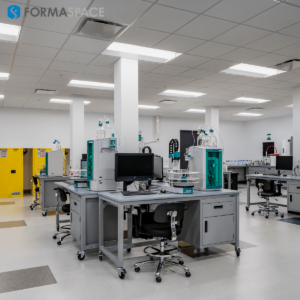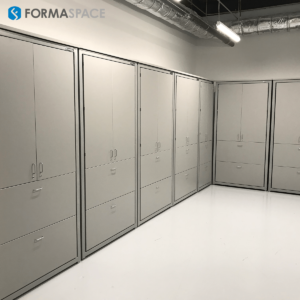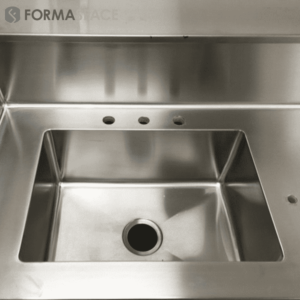This Federal Bureau of Investigation (FBI) has presented its annual FBI Latent Hit of the Year to Trooper Christopher Dolan of the Massachusetts State Police. Dolan’s work helped solve a cold case murder dating back to 1983 using the the FBI’s Next Generation Identity (NGI) database. Here is a short video outlining the steps Dolan took to crack the case.
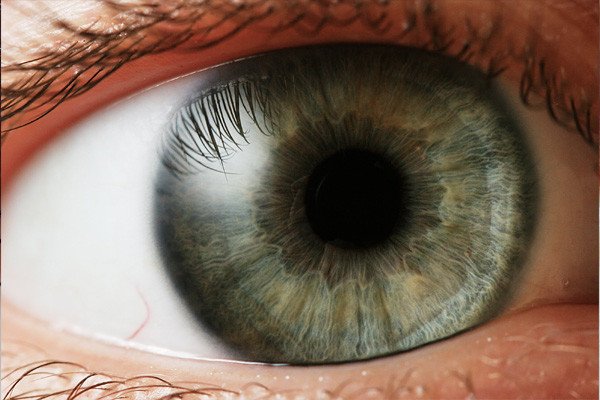
We congratulate Trooper Dolan for his service. As you may know, here at Formaspace we have worked closely with law enforcement and military operations in several projects; for example we’ve built custom laboratory interiors for mobile trailers for the army to use in the field and explosion-proof furniture for use by the Secret Service at the White House. Formaspace CEO Jeff Turk has also provided his services as a helicopter pilot for Texas Search and Rescue (TEXSAR), a volunteer organization that helps find missing persons.

While the FBI’s original system was solely a catalog filing system for fingerprint images, computerization has transformed the repository into a massive database that now includes a wide range of searchable biometric information, including full palm prints and SMT (scars, marks, and tattoos). As photographs of individual faces and iris (eye) scans are added to the system, the NGI system is expected to grow to over 4.3 million images by the close of this year.
The FBI provides desktop software tools for law enforcement officers to access the system from the office, such as the Universal Face Workstation or UFW for short. There are also mobile tool access for checking records in the field, during a traffic stop for example. A special sub-database called RISC, for Repository for Individuals of Special Concern, was searched in field operations nearly 900,000 times in 2013.

How can Forensic Laboratories Balance Privacy Concerns with Security?
Privacy advocates are concerned by the growth of ‘big data’ repositories. The Electronic Frontier Foundation (EFF), a group that you may know more for its efforts to promote open source software like Linux, has voiced strong concerns about the ever increasing scope of the FBI’s Next Generation Identity database. The EFF believes that the NGI database will have as many as 5.2 million searchable facial images by the end of this year.
Using DNA Samples to Identify an Individual’s Biometric Features
But as laboratory technology advances in step with ‘big data’ computer technology, there are new forensic tools on the horizon, and with them come even more privacy concerns. We’ve become comfortable with using DNA samples to match an individual to the scene of a crime. But forensic laboratory scientists asked the question: what can you do with DNA samples left at the scene of a crime and the unidentified suspect is at large?
The answer is you can do quite a bit of predictive biometric analysis from a DNA sample.
For example, consider this image below from a Duke University nanotechnology spinoff company, Parabon. Using their Snapshot DNA Phenotyping System, forensic lab researchers are able to decode the DNA of a donor subject (pictured at left) and make a prediction of what the human would look like based on their DNA sample (predicted image on the right.)
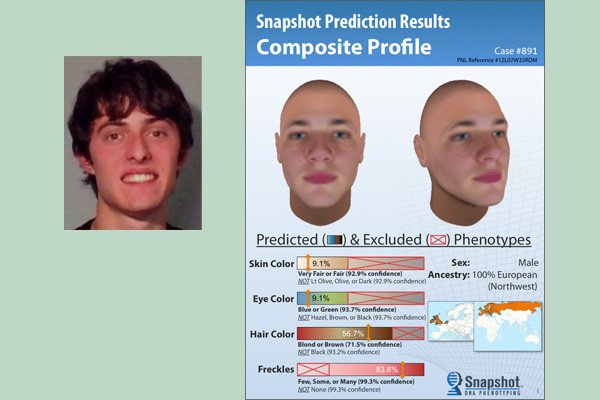
The DNA science behind this process is presented by Parabon’s Dr. Steven Armentrout below. The result is potentially useful for law enforcement, but perhaps in a way you might not expect. Users note the ability of the Snapshot system to eliminate potential suspects (with a high degree of confidence) helps law enforcement focus their investigation efforts.
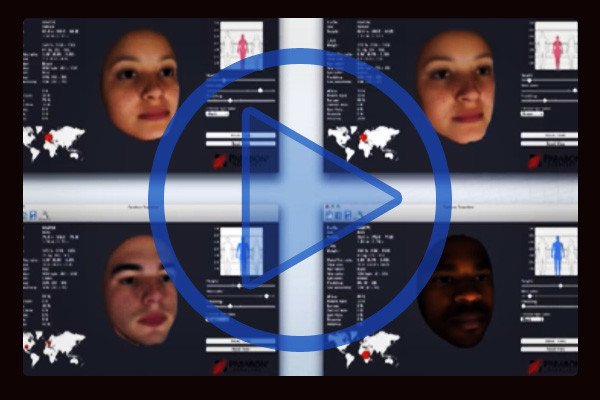
Do You feel Like Big Brother is Watching You?
The potential for systems like Parabon’s Snapshot DNA Phenotyping System being used in combination with the FBI’s Next Generation Identity (NGI) database is powerful indeed. Perhaps too powerful? That’s the opinion of New York artist Heather Dewey-Hagborg, who has used her own DNA analysis systems to recreate anonymous heads of New Yorkers using discarded DNA samples and a 3D printer.
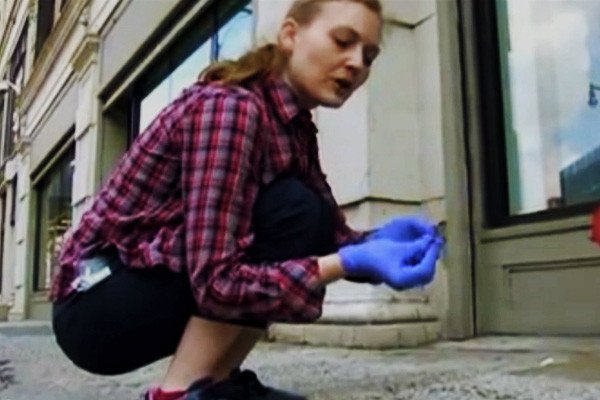
Heather Dewey-Hagborg scours New York City neighborhoods for traces of DNA left behind by unsuspecting New Yorkers. A discarded cigarette butt, a comb with a piece of hair stuck to it or a cup with a lipstick mark are all candidates. Back in the laboratory, Heather Dewey-Hagborg processes extracted DNA to determine the predictive biometric details of her anonymous subjects.
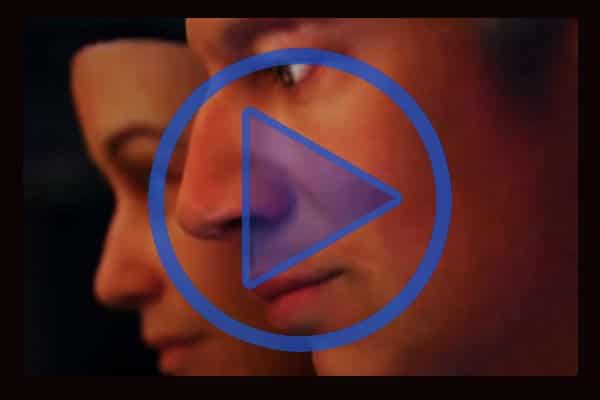
Next Heather Dewey-Hagborg creates realistic 3D heads (based on the DNA analysis). These heads are then printed on a 3D printer and then displayed in New York galleries and public places. What is the point? Heather Dewey-Hagborg feels strongly that her art will help focus attention on the potential misuse of technology as it takes away our privacy. It’s certainly something to think about.
At Formaspace, We Take Forensic Laboratory Work Very Seriously
Establishing a strong safety culture at your laboratory begins with a clean, well-organized and ergonomic work environment. We can help.
We invite you to join the roster of satisfied Formaspace technical, manufacturing and laboratory furniture clients — including Apple Computer, Boeing, Dell, Eli Lilly, Exxon Mobile, Ford, General Electric, Intel, Lockheed Martin, Medtronic, NASA, Novartis, Stanford University, Toyota and more.
Give us a call today at 800.251.1505 to find out more about the Formaspace line of built-to-order computer workstations, industrial workbenches, laboratory furniture, lab benches and dry lab/wet labs — as well as our design / furniture consulting services. Like all Formaspace furniture, it’s backed by our famous 12 year, three shift guarantee.


